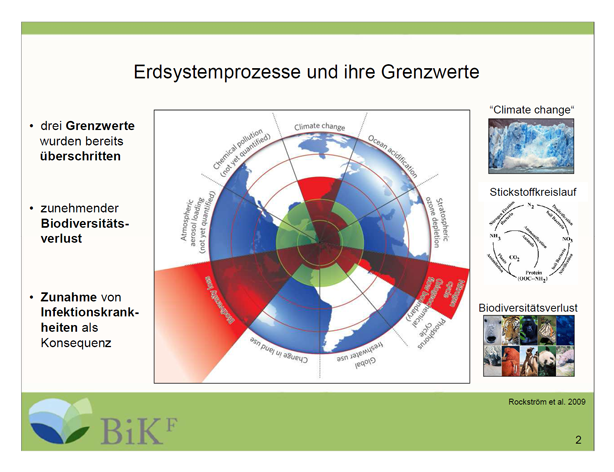 „If we look into the future it is not evident today in which direction things will go. We are near to a so called tipping point. The ball can fall left or right. The future of humankind can be somehow or other….and it is not the traffic, that determines which…(future) option will arise, but the options will determine, how traffic and mobility behaviour will look like.“ (free quote,
„If we look into the future it is not evident today in which direction things will go. We are near to a so called tipping point. The ball can fall left or right. The future of humankind can be somehow or other….and it is not the traffic, that determines which…(future) option will arise, but the options will determine, how traffic and mobility behaviour will look like.“ (free quote,  Prof. Dr. Dr. Radermacher, 9.Friedrich-List-Symposium)
Prof. Dr. Dr. Radermacher, 9.Friedrich-List-Symposium)
Having this in mind I checked various factors: the mobility behavior of the nowerdays young generation, the expected demografic change, the development of urban structures, the development of work structures and the upcoming nature events. (slides language: German).
1. Young Generation
Due to the data ascertainment MiD (Mobility in Germany) young people drive less and less car. Even the interest in a driving licence decreases. A study of the InnoZ observed the trend all over Europe, Japan and other countries. Instead of car possession the status symbol of the young is the smart phone. It offers the omnipresent communication option mobile internet and this provides the oppurtunity to simplify and accellerate the of interconnection of various means of transport.
2. Aging Societies
The demographic developments in European and other countries get reported sometimes accompanied by horrific visions. Since the elder ones are already the main target group for electric bicycles it would not be the worst for the industry. But are the „grey panthers“ of today the same in ten years? Experts assume, that they more mobile and heathier than now – at least in Europe.
3. Adaption of Urban Structures
Cities and urban areas will grow. That seems to be nearly a fact. They offer a dense infrastructure for mobility, work and health. Depending on the general economical developments the infrastructure of the country sides will shrink more or less.
„Cities are the mothers of economic development, not because people are smarter in cities, but because of the conditions of density. There is a concentration of need in cities, and a greater incentive to address problems in ways that haven‘t been addressed before. This is the essence of economic development“ (Jane Jacobs)



4. Flexibility of Work Structures
At least for Germany the flexibilisation of the job market has already started some time ago. Challenged by efficiency and cost cutting measures on one hand and a raising request for leisure time on the other hand the daily routine of people diversify and with it the requirements of mobility – means of transport get under review.
5. Presence of Nature Events
As already mentioned in the post „Future Project Earth“ nature is in a period of change. The mayority of scientists foresee an increase of density, strength and frequency of nature events and hazards. Since the gobal population grows humankind will get more and more involved in the events.
Beside these factors a lot of others will influence the future developments of mobility. One of the most important question is: How will people react to all the upcoming changes? Their reaction decides which mean(s) of transport will be the most suitable and requested. At least for Europe exists a slight tendency to treat demands for mobility more rational than in the past decades. The ifmo study from Institut for Mobility Research offers three interesting scenarios (PDF, language: German).











